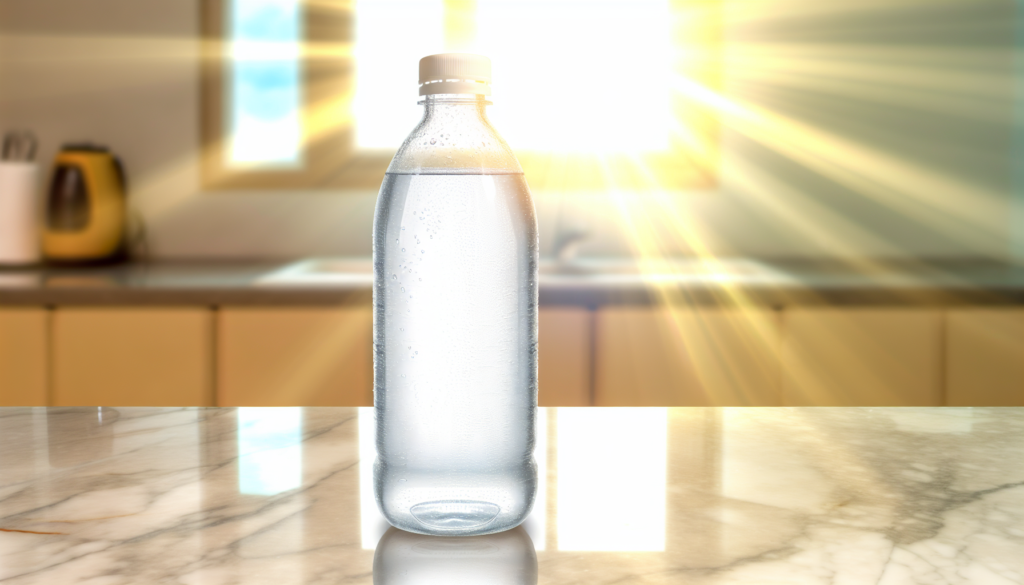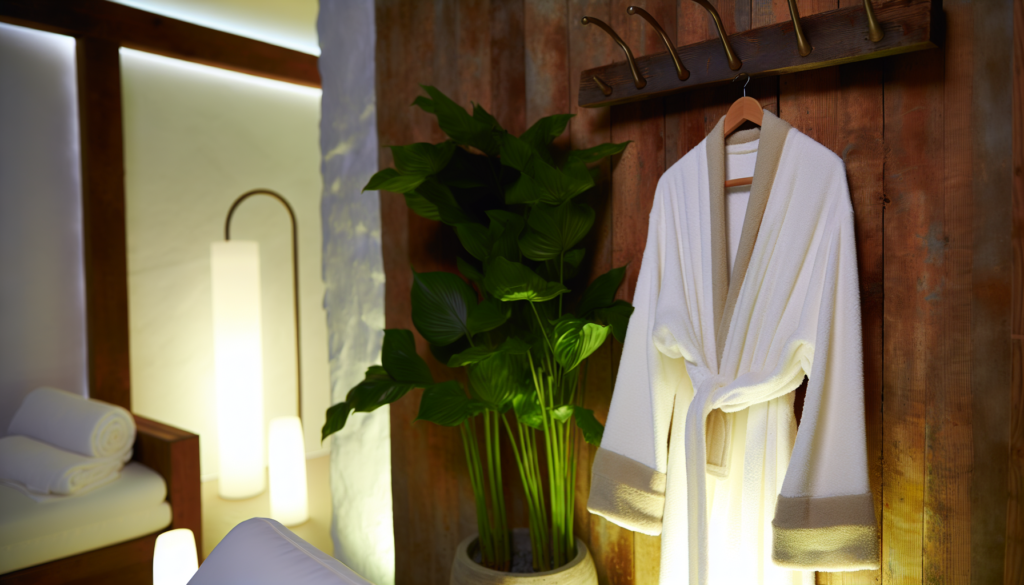Dealing with acne can feel like an endless battle, especially when new breakouts appear just as the old ones start to heal. If you’ve tried countless products without success, you’re not alone. The key to managing acne-prone skin isn’t about using the most expensive products or following complicated routines—it’s about consistency with the right approach. Having struggled with acne myself for years, I’ve learned that a simplified, targeted skin care routine for acne-prone skin can make all the difference. Let’s explore a straightforward five-step process that can help calm your skin and reduce breakouts without overwhelming your skin (or your schedule).
Understanding Acne-Prone Skin
Before diving into the routine, let’s understand what we’re dealing with. Acne-prone skin typically produces excess oil (sebum), has more dead skin cell buildup, and fosters an environment where acne-causing bacteria thrive. Hormonal fluctuations, stress, diet, and genetics also play significant roles. The good news? While you can’t change your genetics, you can definitely control how you treat your skin.
The perfect routine needs to address several factors: removing excess oil without stripping the skin, exfoliating dead cells, fighting bacteria, and maintaining adequate moisture—yes, even oily skin needs hydration!
Step 1: Gentle Cleansing
The foundation of any effective acne routine starts with proper cleansing. Contrary to popular belief, harsh, stripping cleansers often make acne worse by triggering your skin to produce even more oil to compensate.
Opt for a gentle, pH-balanced cleanser with acne-fighting ingredients like:
For most people, washing twice daily is ideal—once in the morning and once before bed. If you exercise or sweat heavily, a third gentle cleanse can help remove sweat and bacteria. Remember, lukewarm water is best as hot water can irritate and dry out your skin.
Morning vs. Evening Cleansing
Your morning cleanse can be lighter, while your evening cleanse should be thorough to remove all makeup, sunscreen, and the day’s accumulated dirt and oil. Consider double cleansing at night—start with an oil-based cleanser to dissolve makeup and sunscreen, then follow with your regular cleanser.
Step 2: Targeted Treatment
After cleansing, it’s time for treatments that target acne directly. These products are typically more potent and should be applied to clean skin for maximum absorption.
Effective treatment ingredients include:
Start with one active ingredient and introduce it slowly—every other day—before building up to daily use. This helps prevent the irritation that often leads people to abandon potentially effective treatments. Remember, acne treatments need time to work—typically 6-8 weeks before you’ll see significant improvement.
Step 3: Hydration Without Clogging Pores
This step surprises many acne sufferers, but proper hydration is crucial. When skin is dehydrated, it produces more oil to compensate, potentially worsening breakouts. The trick is finding the right lightweight, non-comedogenic moisturizer.
Look for these terms on labels:
Apply your moisturizer while your skin is still slightly damp from cleansing or treatment products to lock in hydration. If your skin feels tight or dry after your routine, your products might be too harsh, or you might need more hydration.
Step 4: Sun Protection (Morning Only)
Many acne treatments increase sun sensitivity, making daily sunscreen non-negotiable. Beyond preventing accelerated aging and skin cancer, proper sun protection prevents post-inflammatory hyperpigmentation—those stubborn dark spots that linger after acne heals.
The best sunscreens for acne-prone skin are:
Apply as the final step of your morning routine, and don’t forget to reapply if you’re outside for extended periods. Finding the right sunscreen often requires trial and error, so don’t give up if your first choice feels too greasy or leaves a white cast.
Step 5: Weekly Deep Treatment
Once or twice weekly, incorporate a deeper treatment to address buildup that daily care might miss. This can help prevent new breakouts before they start.
Effective weekly treatments include:
Schedule these treatments when you have time to relax—perhaps Sunday evening as part of self-care—and never do them when your skin feels irritated or has open wounds from picking.
The Importance of Consistency
Consistency trumps complexity when it comes to acne care. A simple routine followed faithfully will yield better results than an elaborate program used sporadically. Track your progress with photos taken in the same lighting every few weeks—skin improvements can be gradual and hard to notice day-to-day.
Also, consider that skin needs change with seasons, hormonal cycles, and age. What works in humid summer months might be too drying in winter. Be prepared to make minor adjustments while keeping the core principles the same.
Beyond Skincare: Lifestyle Factors
While this article focuses on topical care, lifestyle factors significantly impact acne. Ensure you’re:
Sometimes, persistent acne requires professional help. If your skin care routine for acne-prone skin isn’t producing results after 2-3 months, consider consulting a dermatologist who can prescribe stronger medications or suggest in-office treatments like chemical peels or light therapy.
Remember that clear skin is a journey, not a destination. Be patient with your skin, celebrate small improvements, and know that finding your perfect routine often takes time and experimentation. With consistent care and the right products, even the most stubborn acne can become manageable, letting your natural beauty shine through.







